Patagonia is one of the most beautiful regions on our planet. We highly recommend going there at least once in your life and experiencing this remote region. However, what many people don’t know: Patagonia (especially the Chilean side) is quite expensive and not at all comparable to the rest of South America. Generally, we feel it’s about as expensive as Europe, but there are some places that are more expensive than anywhere else we’ve been in the world. That’s why we’ve put together this budget travel guide for Patagonia to make your trip as affordable as possible. Stick to our guide and you will have an awesome time! 🙂
Patagonia Travel Tips in this Guide
Best Time to Visit Patagonia
The best time to visit Patagonia (Chile and Argentina) is during summer time in the Southern Hemisphere–so from November to early March. These are the months with most sunshine (12-17 hours of daylight) and highest temperatures (average: 18 degrees Celsius). However, keep in mind that most of the day is below this average and that the weather can change at anytime. The weather can change from warm and sunny to a freezing snow storm in the blink of an eye. If you want to avoid any kind of tourist crowds, you should go in October or March. We went in November, but never really felt that it was overcrowded, even though there were quite a few tourists on hiking trails from time to time.
What Clothes to Bring
Here is a short list of essentials that you should bring on your trip to Patagonia. Remember that the weather is unpredictable and that it can get freezing cold very quickly even during summer months. One time we went through summer weather (sunny and warm), fall weather (rainy and windy) as well as winter weather (snow storm and freezing temperatures) on one single hike. So be prepared!
Must-have clothes in Patagonia:
- 3 in 1 jacket with a hood (for any kind of weather) or hardshell jacket with compatible interior jacket
- Waterproof hiking shoes
- Water-resilient or quick-dry hiking pants
- Waterproof backpack or backpack with rain cover
- Thermal and long underwear
- Sunglasses with UV protection
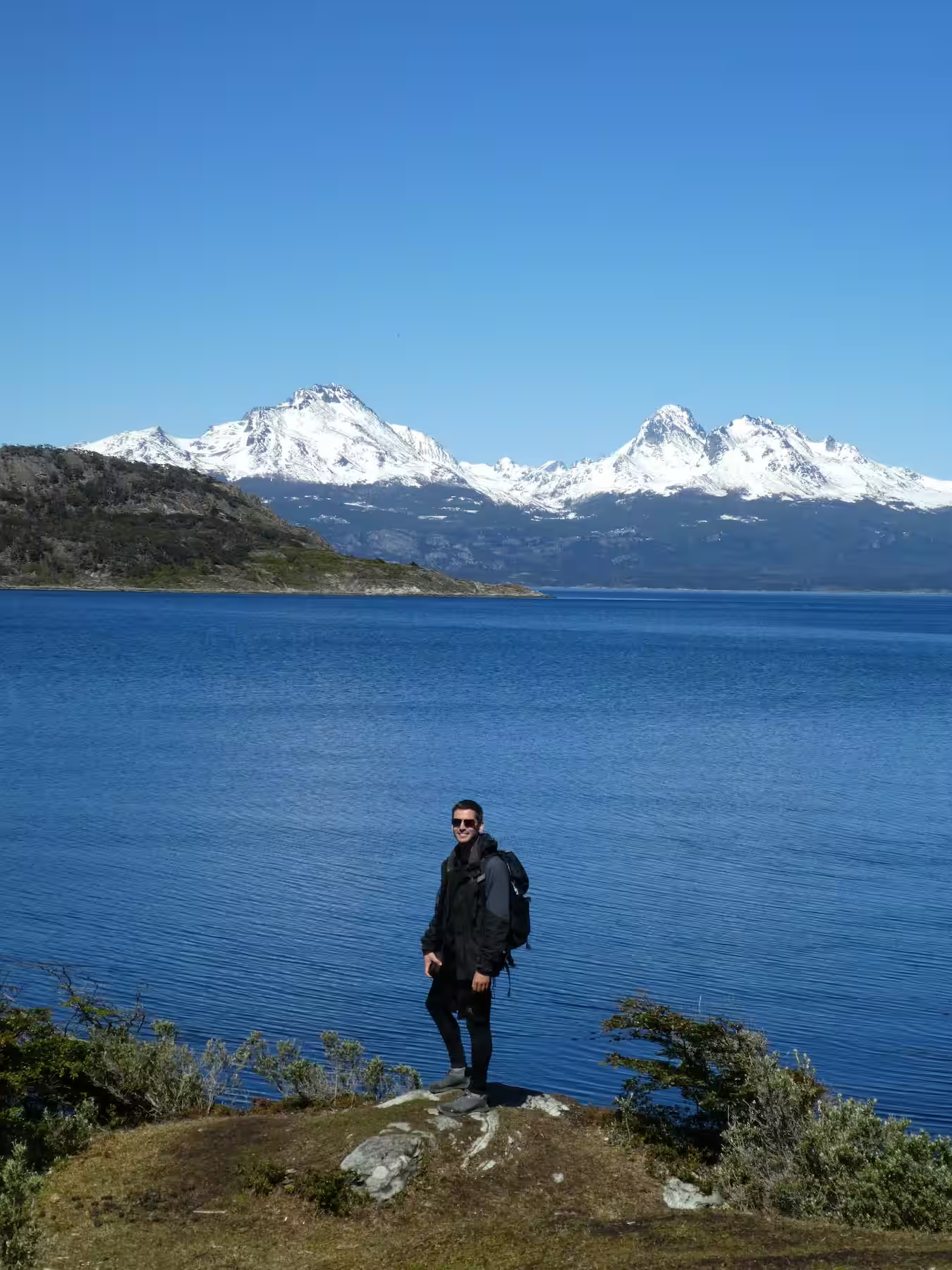
Transportation
Before you go to Patagonia, you must know that it is a very large region with a very low population. It is normal to drive for hours and not pass any towns, cars or gas stations. Therefore, we highly recommend taking the bus when in Patagonia, as it is much safer and much cheaper.
Bus (recommended by us!)
Pros:
- Very well established infrastructure
- Buses will take you almost everywhere
- Very comfortable seats (almost like beds)
- Much cheaper than a rental car (around 10 Euros or Dollars for a 2-4 hour bus ride and between 30-50 Euros or Dollars for a 10 hour bus ride)
- Immigration (Chile<–>Argentina) is guided by bus drivers
- Environmentally-friendly
- There’s literally nothing to see between towns anyway as it’s all tundra
Cons:
- No flexibility
- It can get very cold on the bus (they love their air conditioning down there)
- Toilet may not be working (only happened to us once)
Good bus companies: Buses Fernandez, Bus-Sur, Tecni-Austral
Rental Car
Pros:
- High flexibility
- No other people around
- No fixed schedule
- You can stop whenever you want
Cons:
- Very expensive, especially because you have to cross borders multiple times
- You can get stranded very easily in the middle of nowhere
- Very long distances to drive between towns
- You have to handle immigration on your own
- Not environmentally-friendly
Obviously, it is your choice how to get around Patagonia and it always depends on your budget. For more flexibility, choose a car, for budget travel and peace of mind, choose the bus.
Hitchhiking
Some people hitchhike in Patagonia which we find a little dangerous on a long-distance trip. We only hitchhiked short distances (e.g. from Ushuaia to Tierra del Fuego National Park) and highly recommend doing so as it is very common and very safe, but discourage you from hitchhiking longer distances as there is very little car traffic and hitchhikers have gotten stranded out in the middle of nowhere before. If you do decide to hitchhike over long distances, make sure to bring all necessary camping equipment in case you have to stay overnight outdoors. Nevertheless, hitchhiking is very common in Patagonia and totally safe when it comes to getting into a stranger’s car.
You save lots of money if you hitchhike the following routes:
- Ushuaia city to and from Tierra del Fuego National Park (this is the one we hitchhiked)
- El Calafate city to and from Perito Moreno Glacier
- Puerto Natales city to and from Torres del Paine National Park
Where to Stay
The two cheapest and best options in Patagonia are Airbnb private rooms and hostels. There are plenty to choose from. If you want to sleep in a hotel or have your own apartment, it can get very expensive very quickly. By choosing to stay in private rooms and hostels, we managed to stay under our daily budget of $25 per night for both of us. Generally, if you are traveling as a couple or in pairs and want to stay at a hostel, it is (oddly enough) usually cheaper to book a double or twin room rather than two individual bunk beds.
Airbnb Private Rooms
Pros:
- Get to know locals
- Stay with only a few other travelers and get to know them
- Not crowded
- Usually cleaner
- Usually more comfortable
- Sometimes with private bathroom
Cons:
- It can be hard to communicate with owners as they usually only speak Spanish (and a dialect to boot!)
Hostels
Pros:
- Meet many other travelers
- Staff sometimes speaks other languages
- Private rooms usually available
Cons:
- Crowded
- Full kitchens
- Bathrooms and kitchens get dirty very quickly
Where to Go and What to Do (Road Trip Itinerary)
Here is a map showing the perfect road trip itinerary for Patagonia (Chile and Argentina). We suggest flying to Ushuaia and working your way up to El Chalten by bus or car. Then, take the bus back to El Calafate or Puerto Natales for a cheap flight back to a South American capitol. For example, we flew from Buenos Aires to Ushuaia and from Puerto Natales to Santiago de Chile for around $50.
This is a list of places you should visit with must-sees including best hikes:
- Ushuaia (Argentina) Must Sees:
Glaciar Martial (Martial Glacier)
Parque National Tierra del Fuego (Tierra del Fuego National Park)
Best Hike:
Costera trail (Coastal hike) which is around 10 km and takes around 3 hours

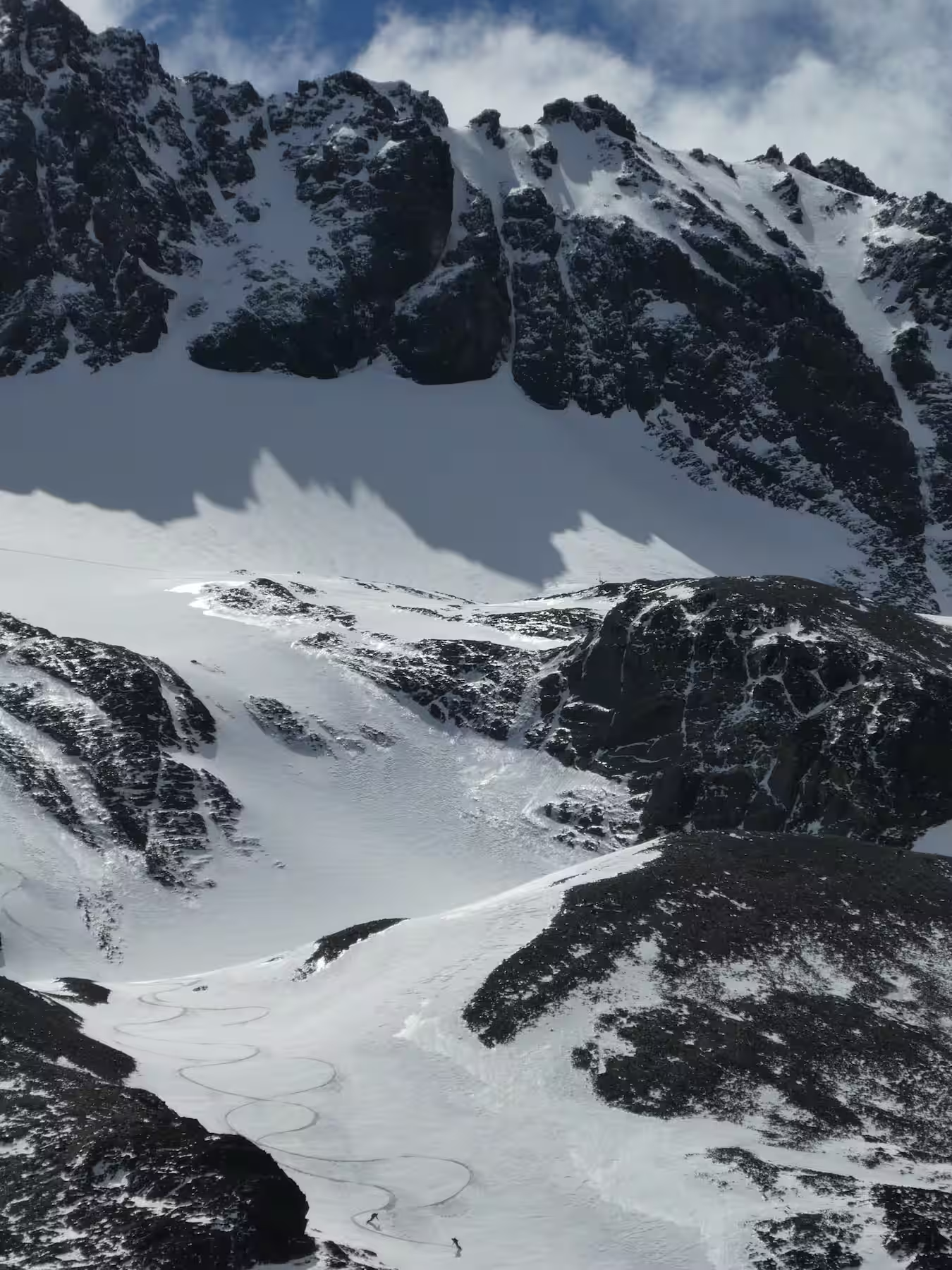

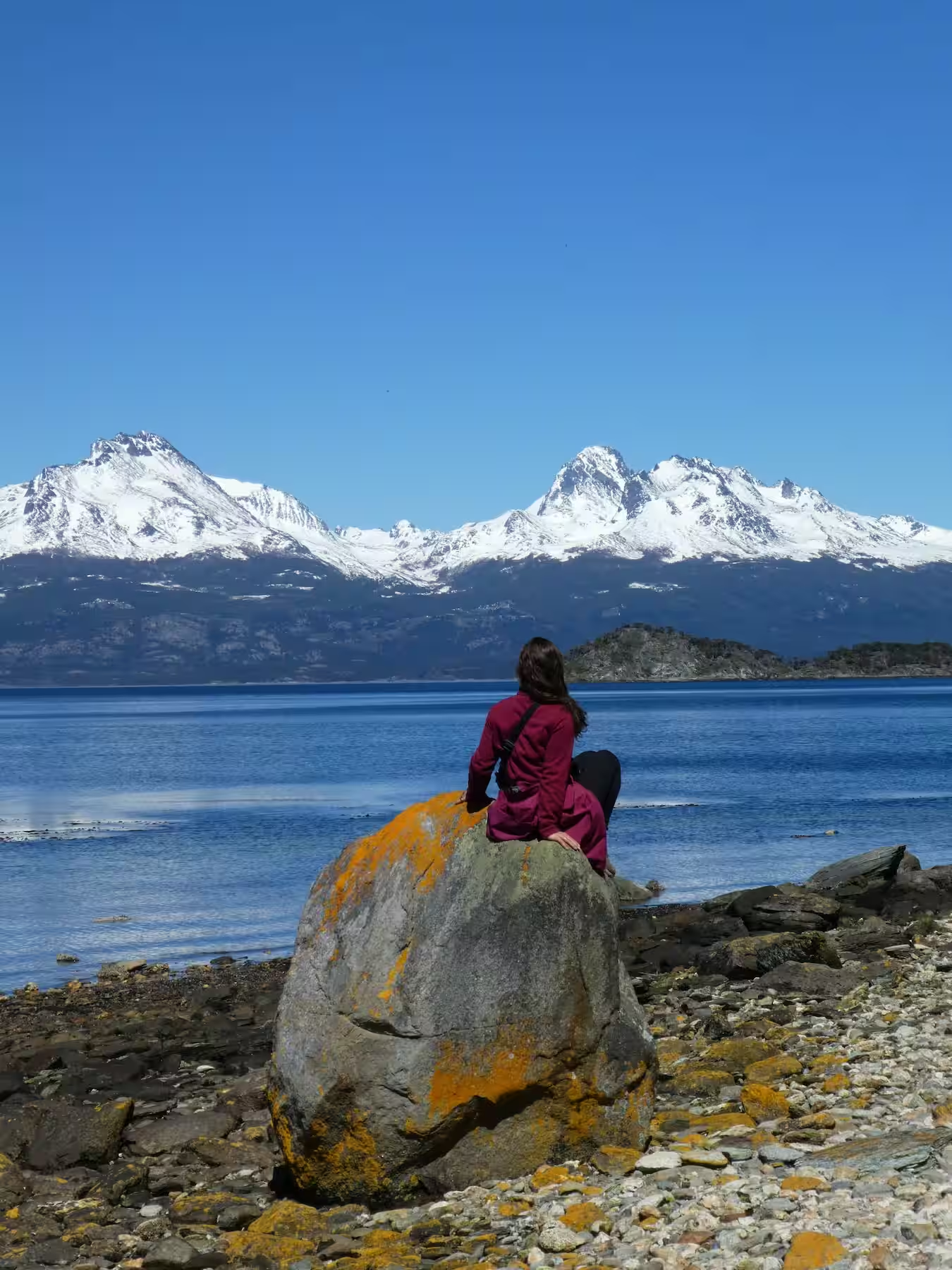
Punta Arenas (Chile)
Must Sees:
Penguins and rare dolphins on the ferry from Ushuaia to Punta Arenas (ferry included when you take the bus)
Punta Arenas cemetery
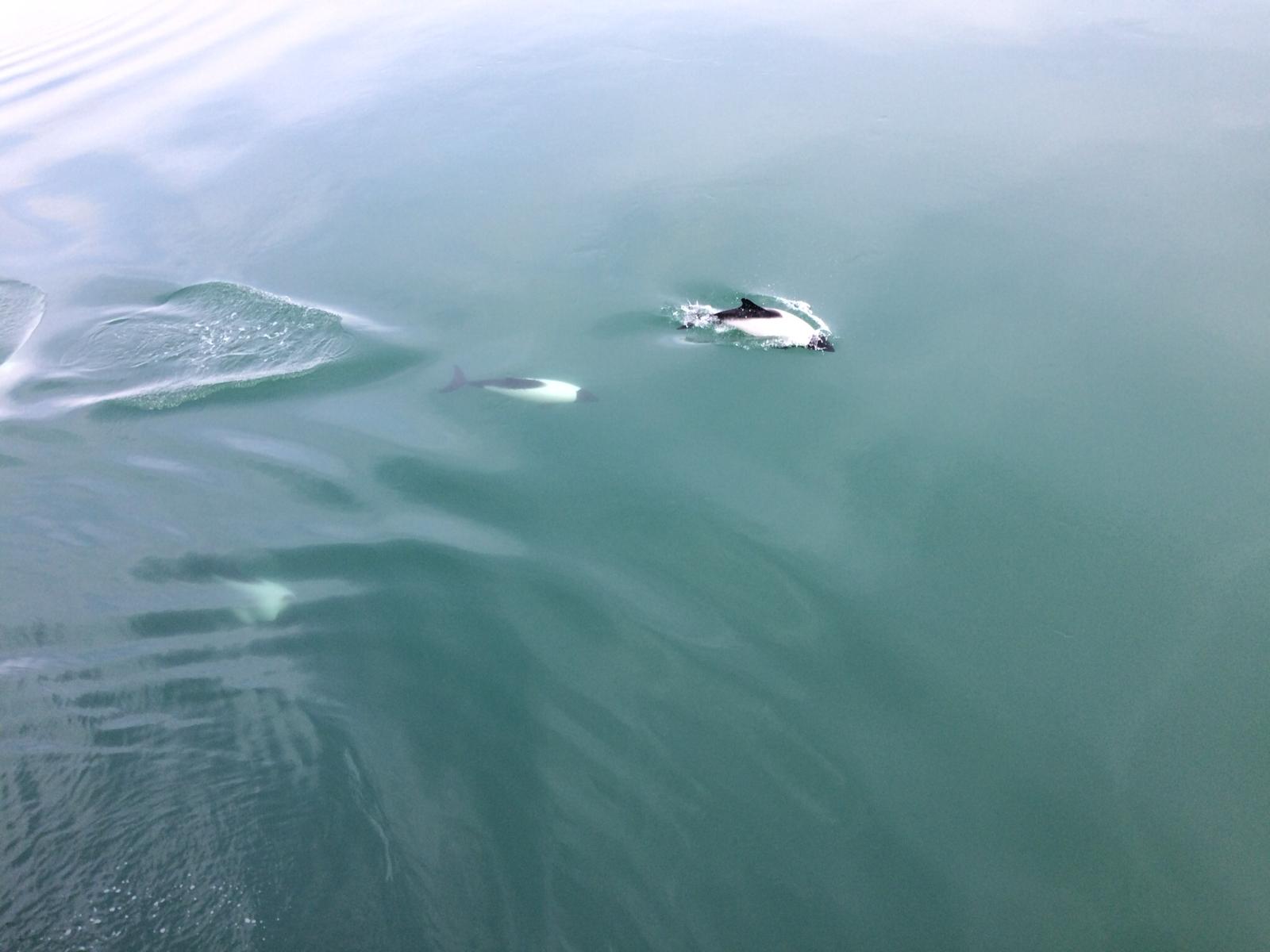
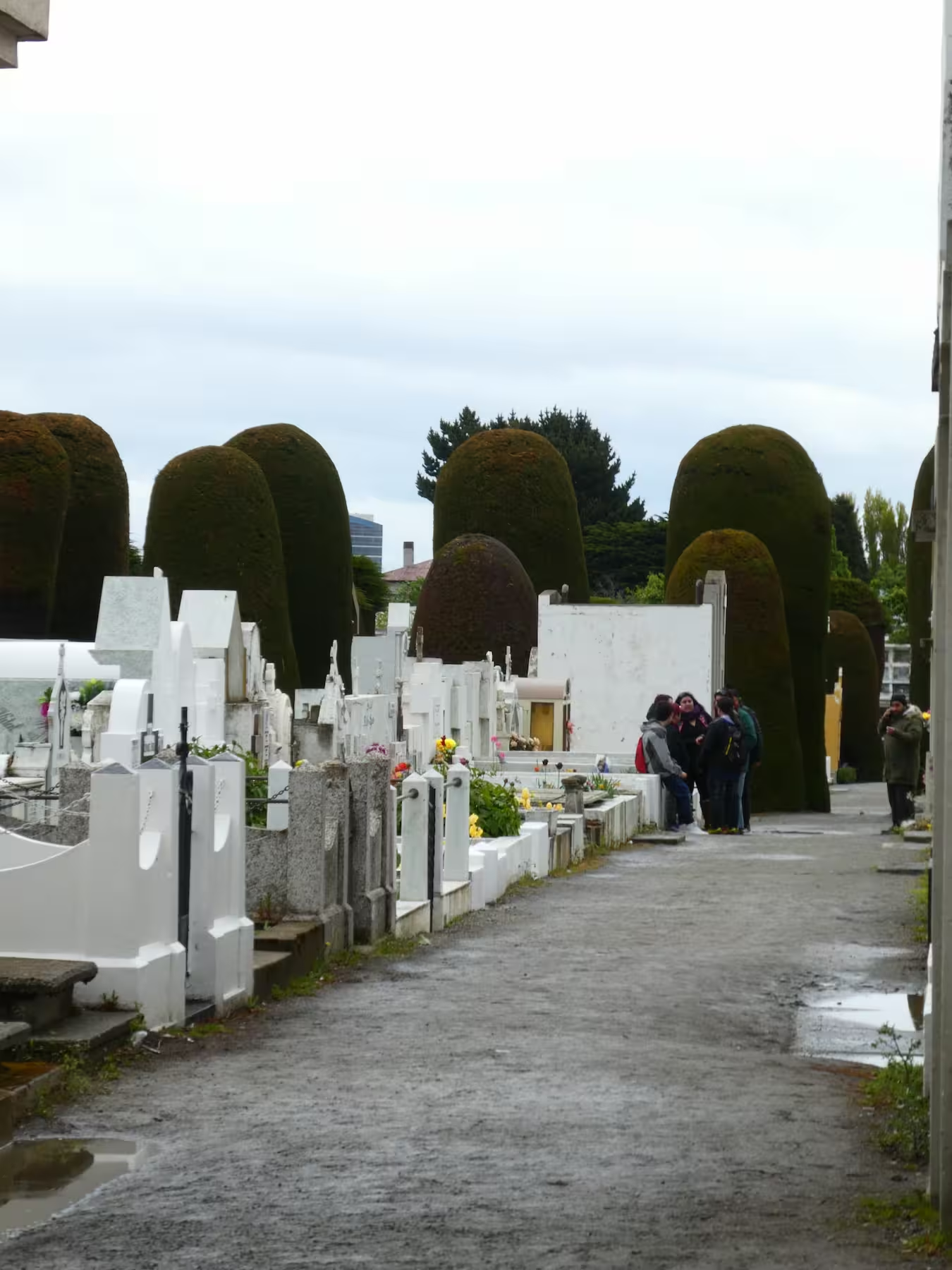
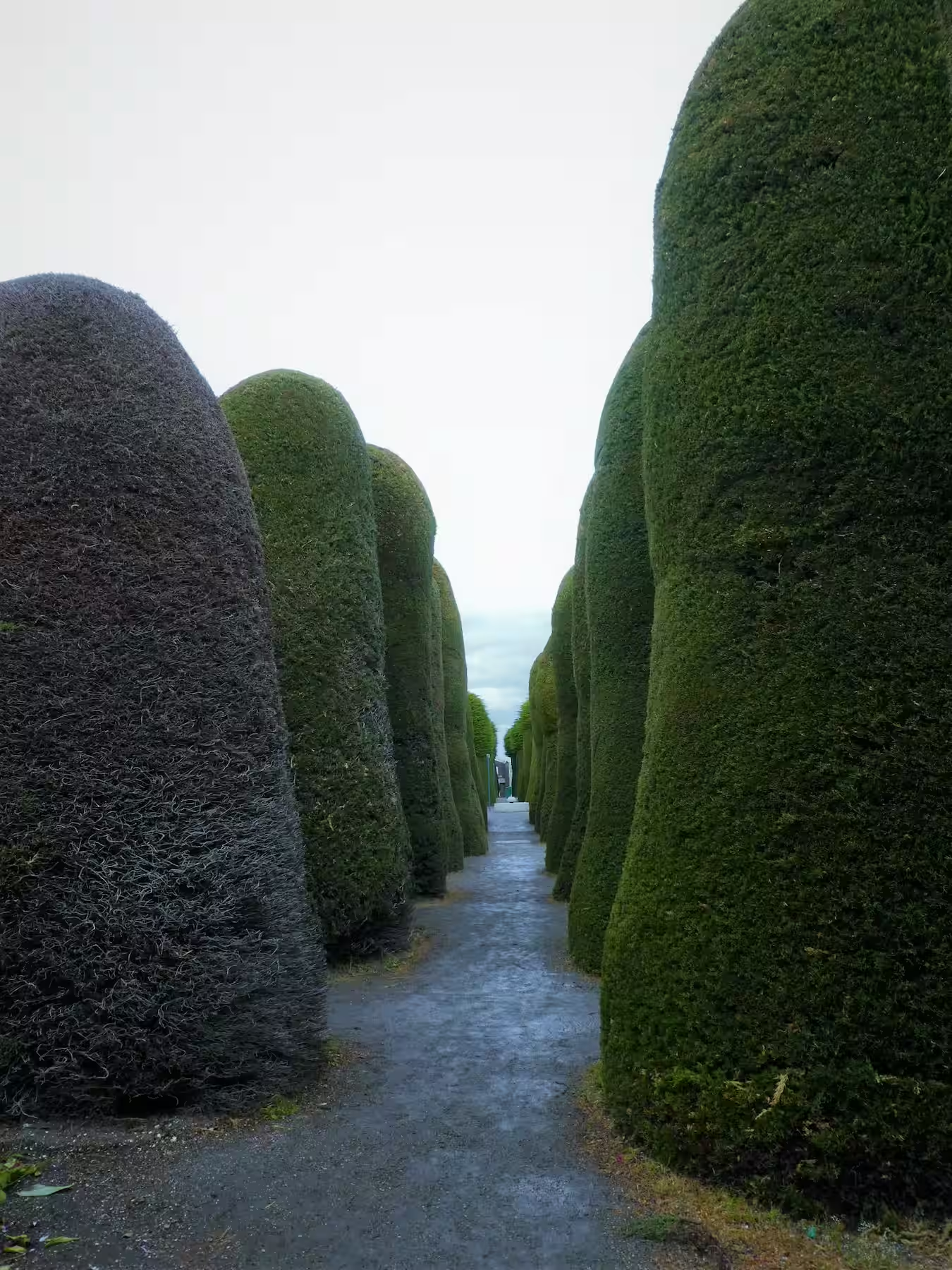
Puerto Natales (Chile)
Must Sees:
Torres del Paine National Park
Best Hike:
Mirador Las Torres which is around 19 km return and takes around 6-8 hoursTIP: The W trek is the most famous, but also incredibly expensive even if you camp (from $300 to thousands of dollars p.P.). If you want to experience the entire park and see its highlights on the cheap, we highly recommend an extensive day tour with multiple short hikes for around $50 p.P. by Hostal Niko 2.
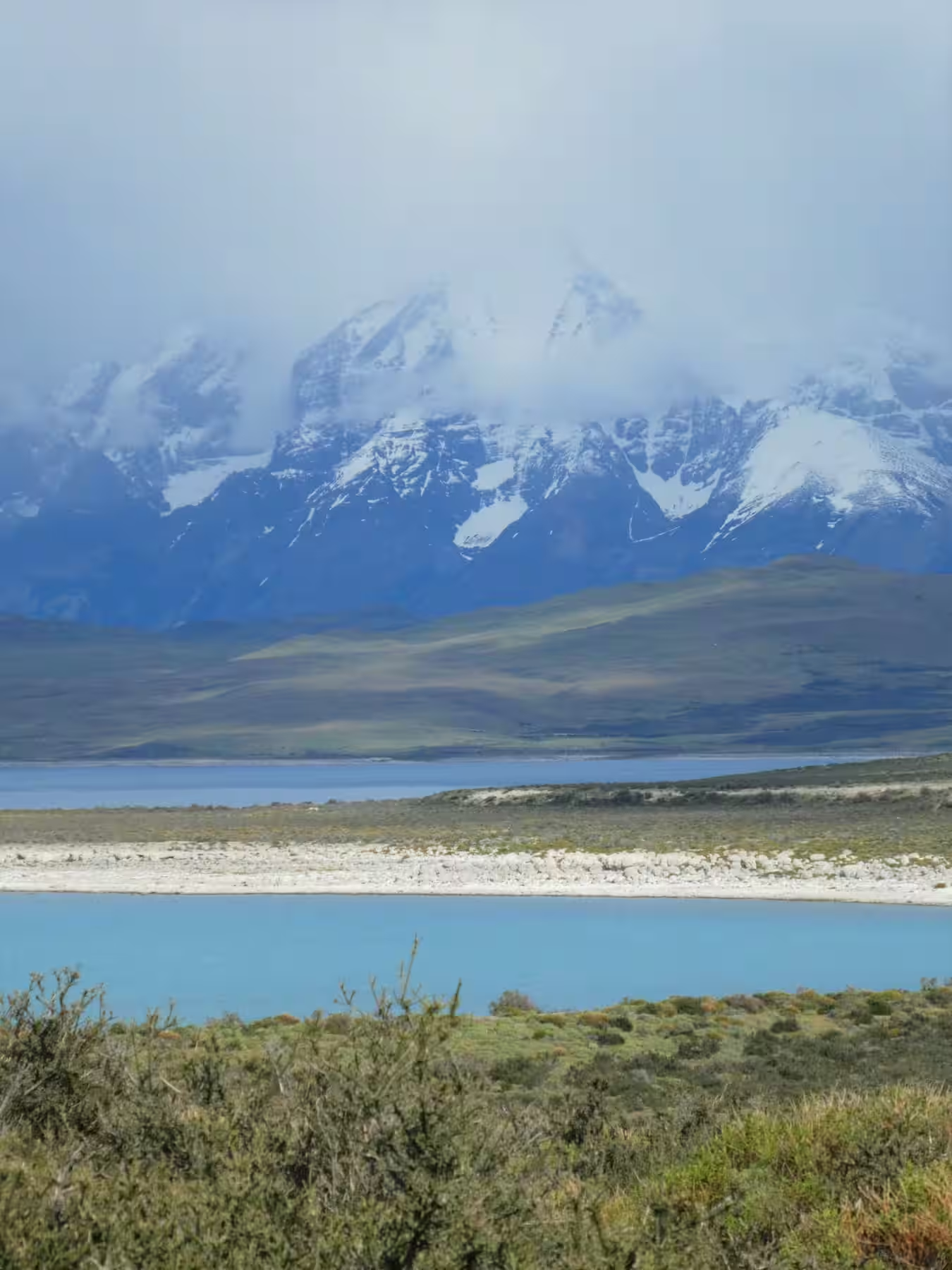
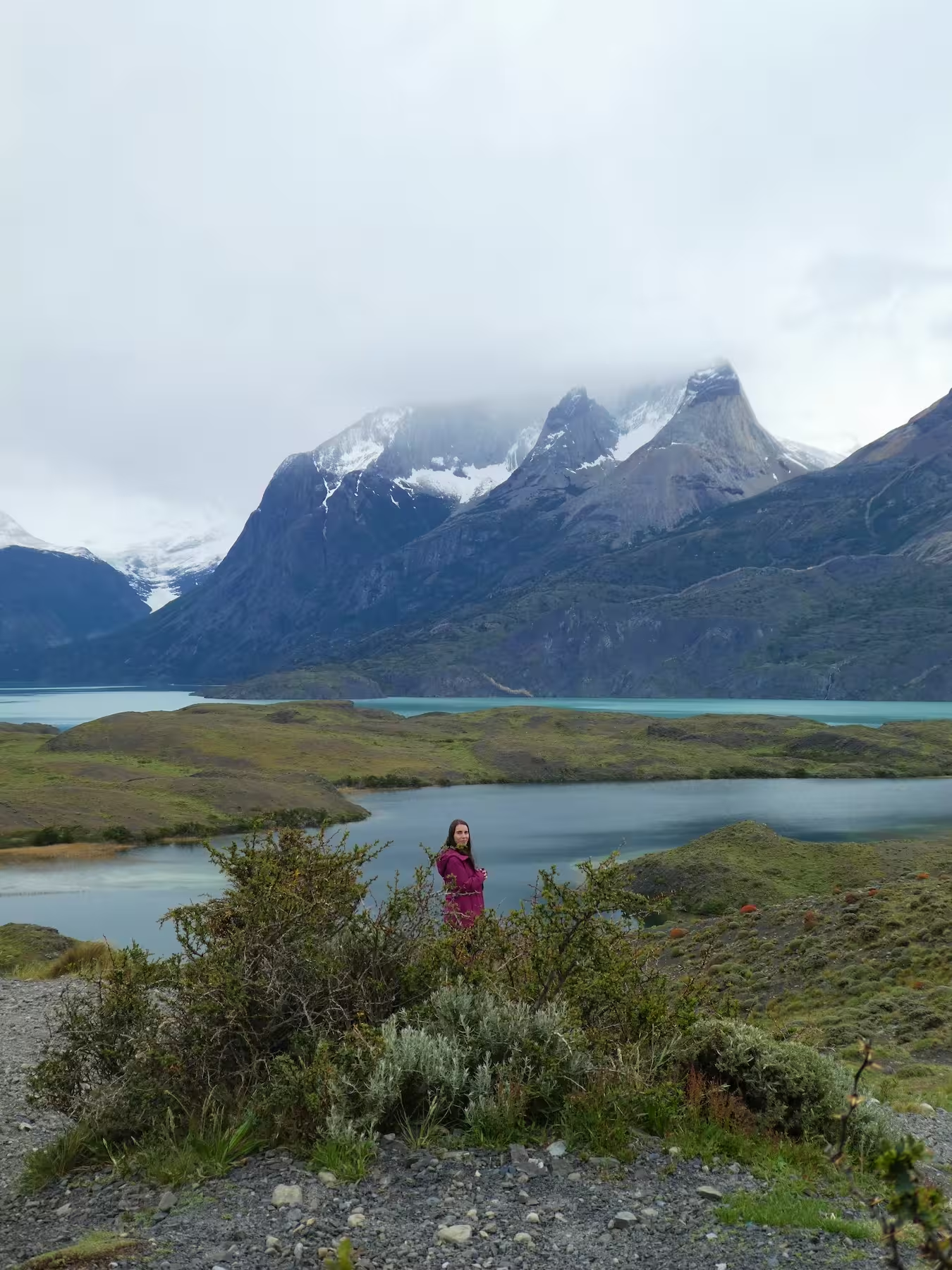
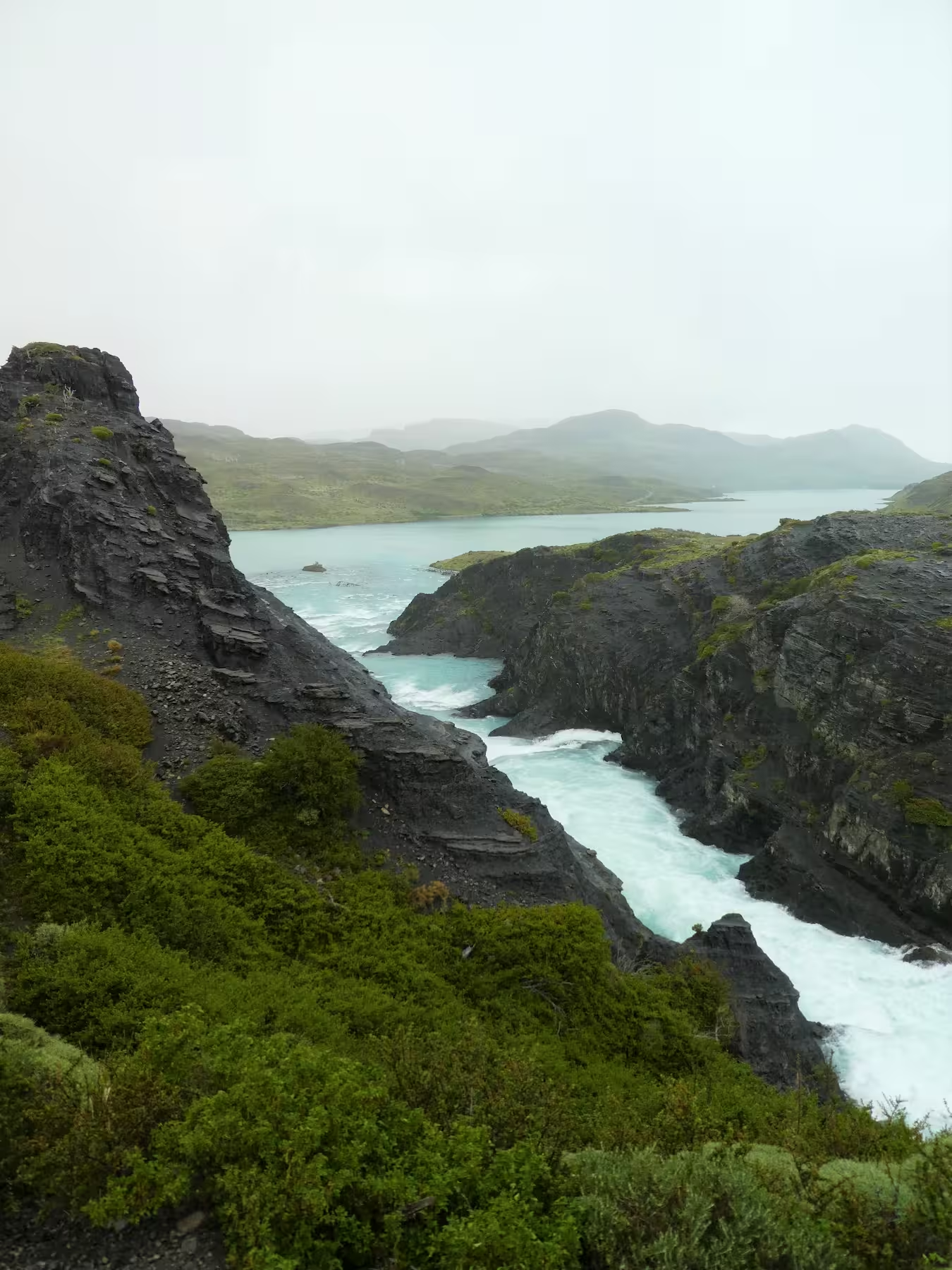
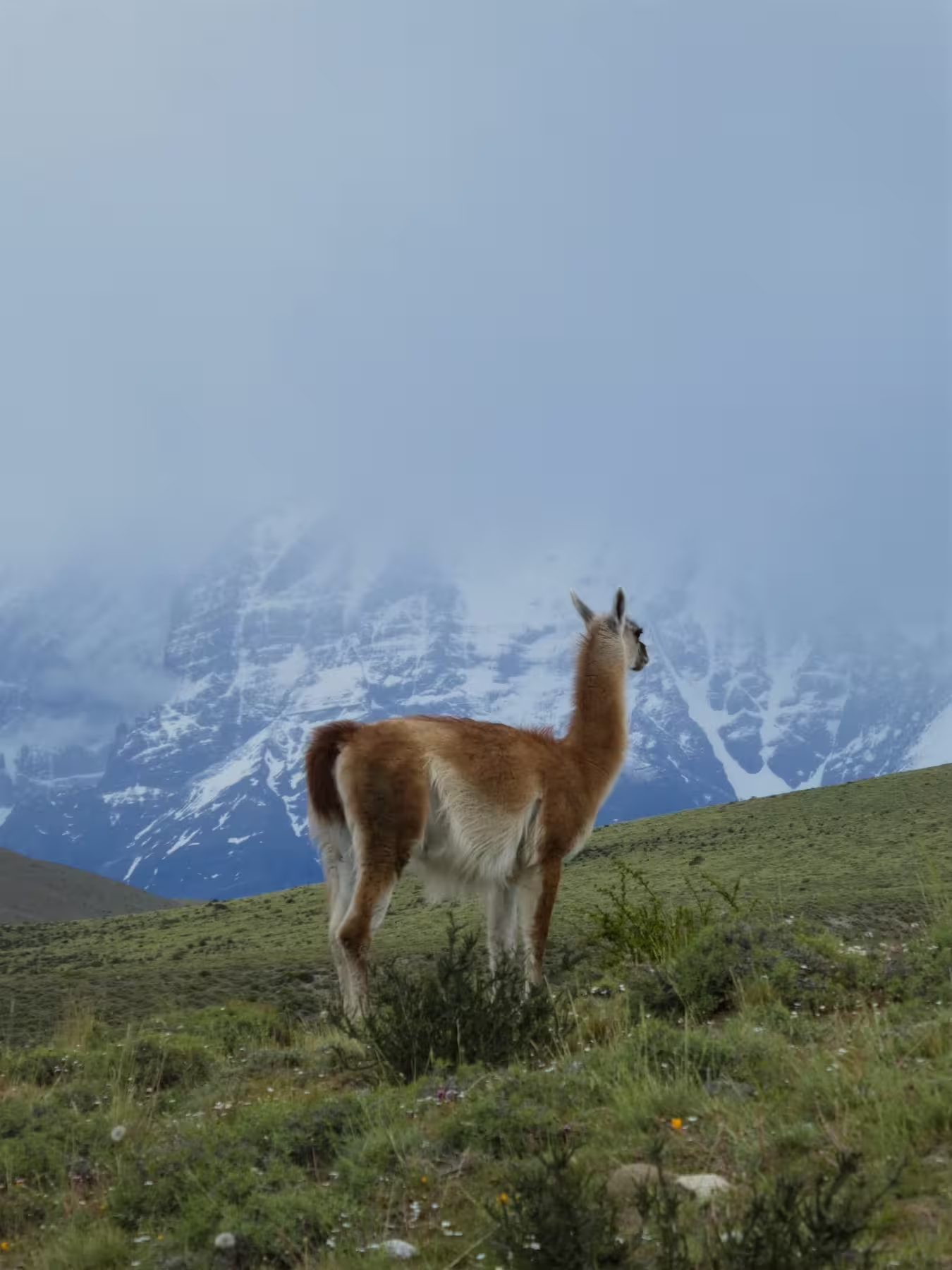

El Calafate (Argentina)
Must Sees:
Perito Moreno Glacier (without boat ride as you can get just as close to the Glacier on the boardwalks!)
Reserva Laguna Nimez (don’t pay the entrance fee as you can observe all animals from outside)
Best Hike:
Take your time and hike all boardwalks at the Perito Moreno Glacier. They are all short, but reward you with incredible views. Watch out for falling ice!
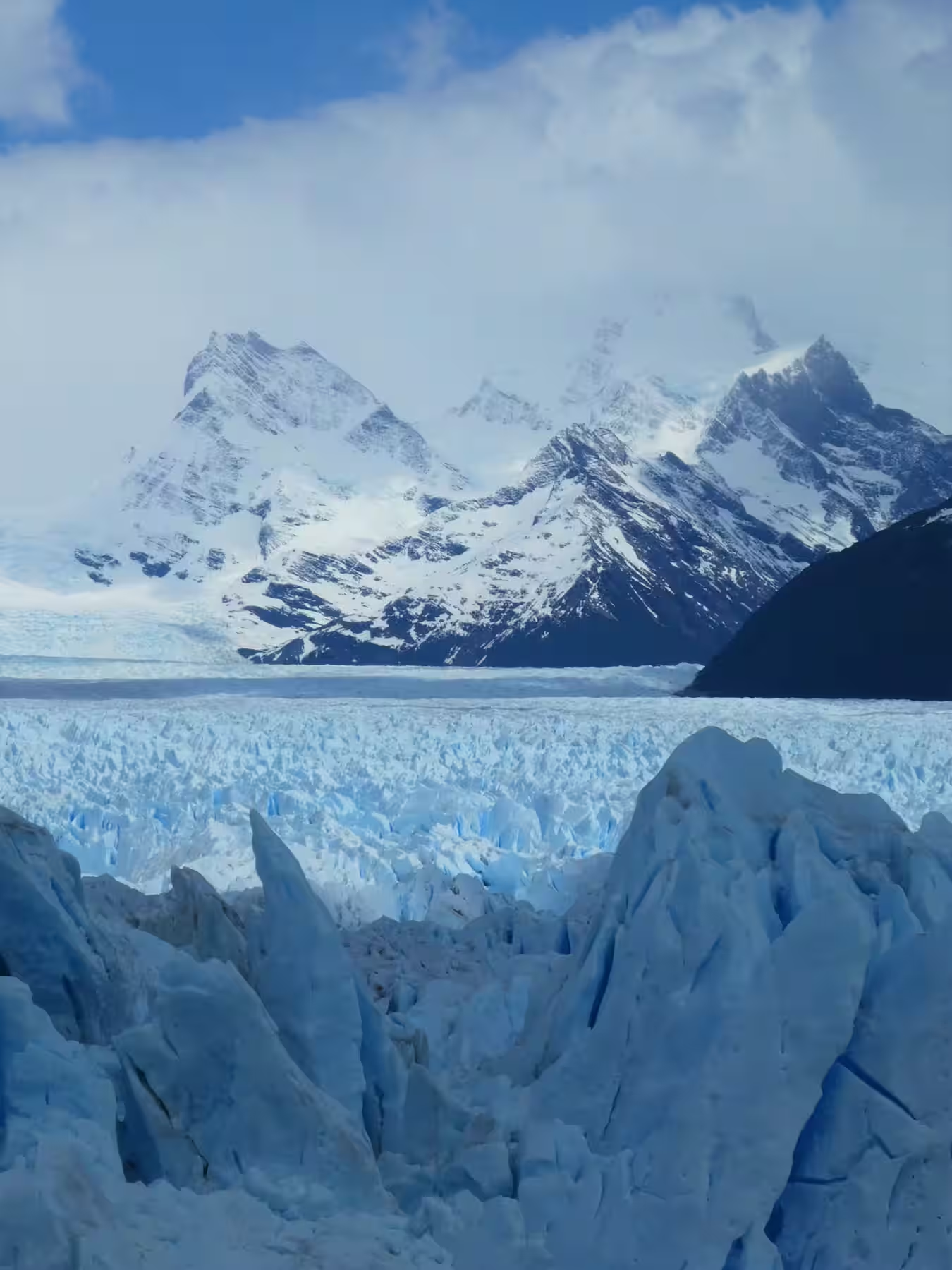
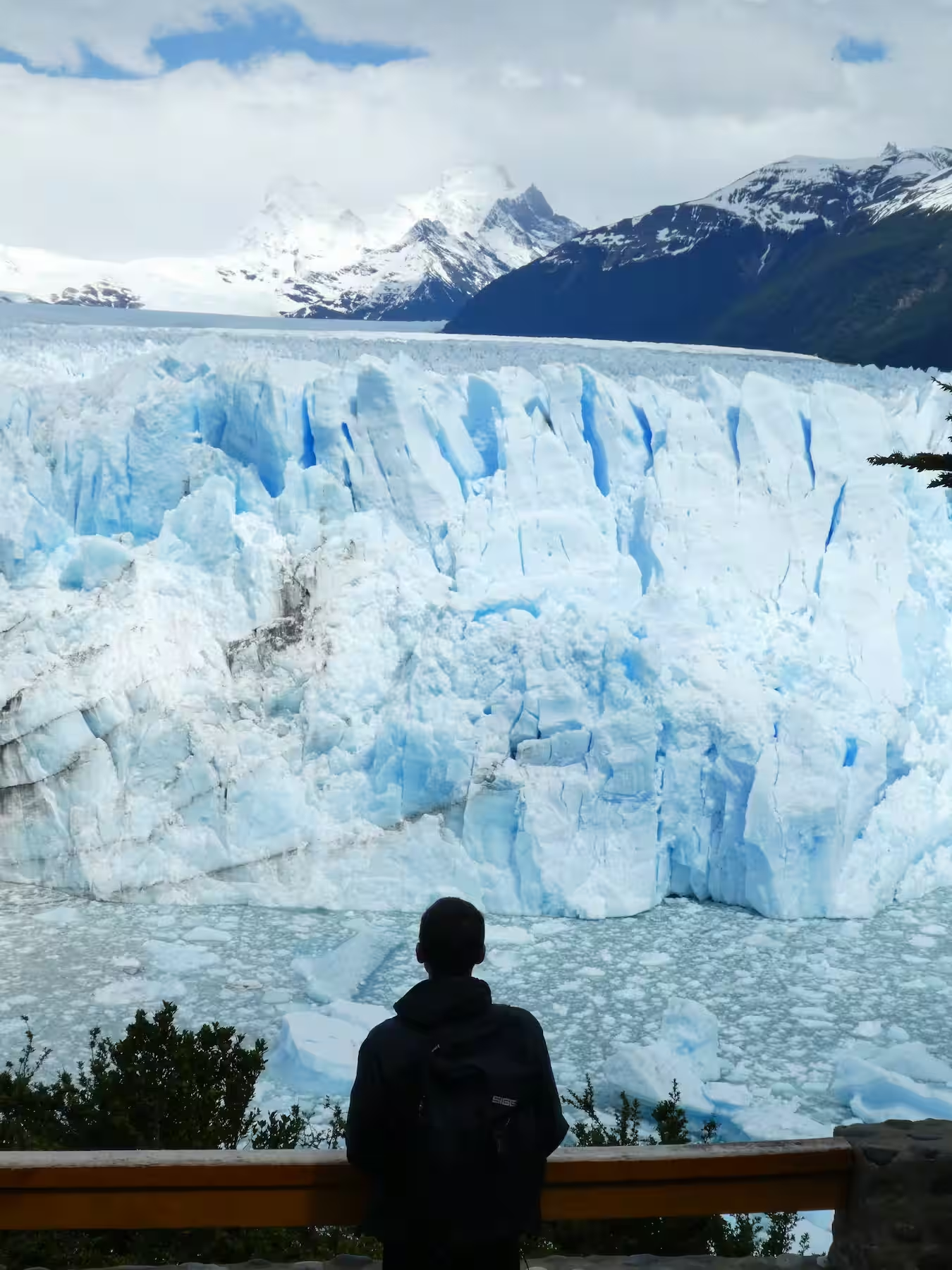

El Chalten (Argentina)
Must Sees:
Fitz Roy National Park
Best Hikes:
Laguna de Los Tres (to Fitz Roy) which is around 21 km return and takes around 6 hours
Cerro Torre and Laguna Torre which is around 20 km return and takes around 4-5 hours

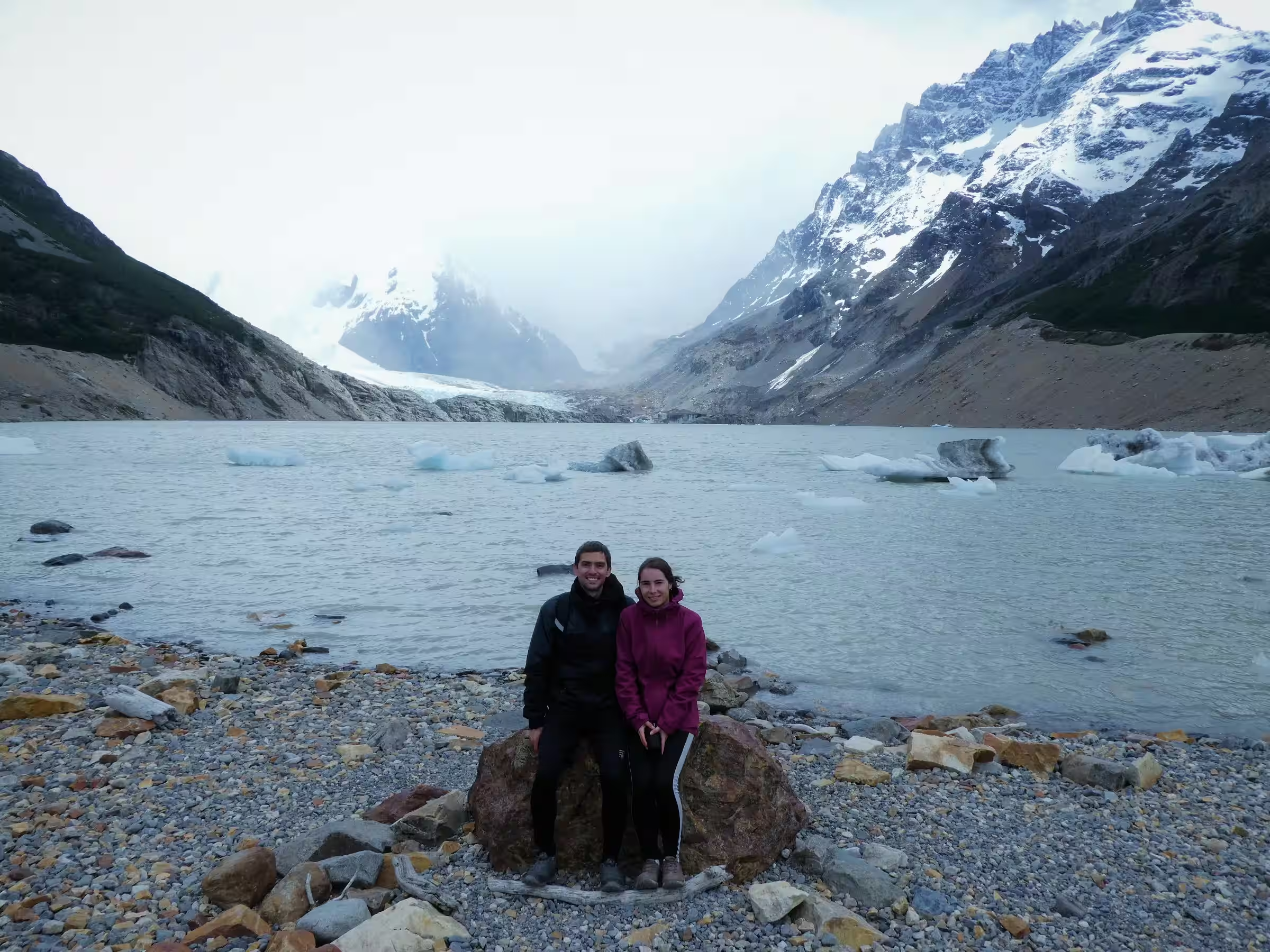
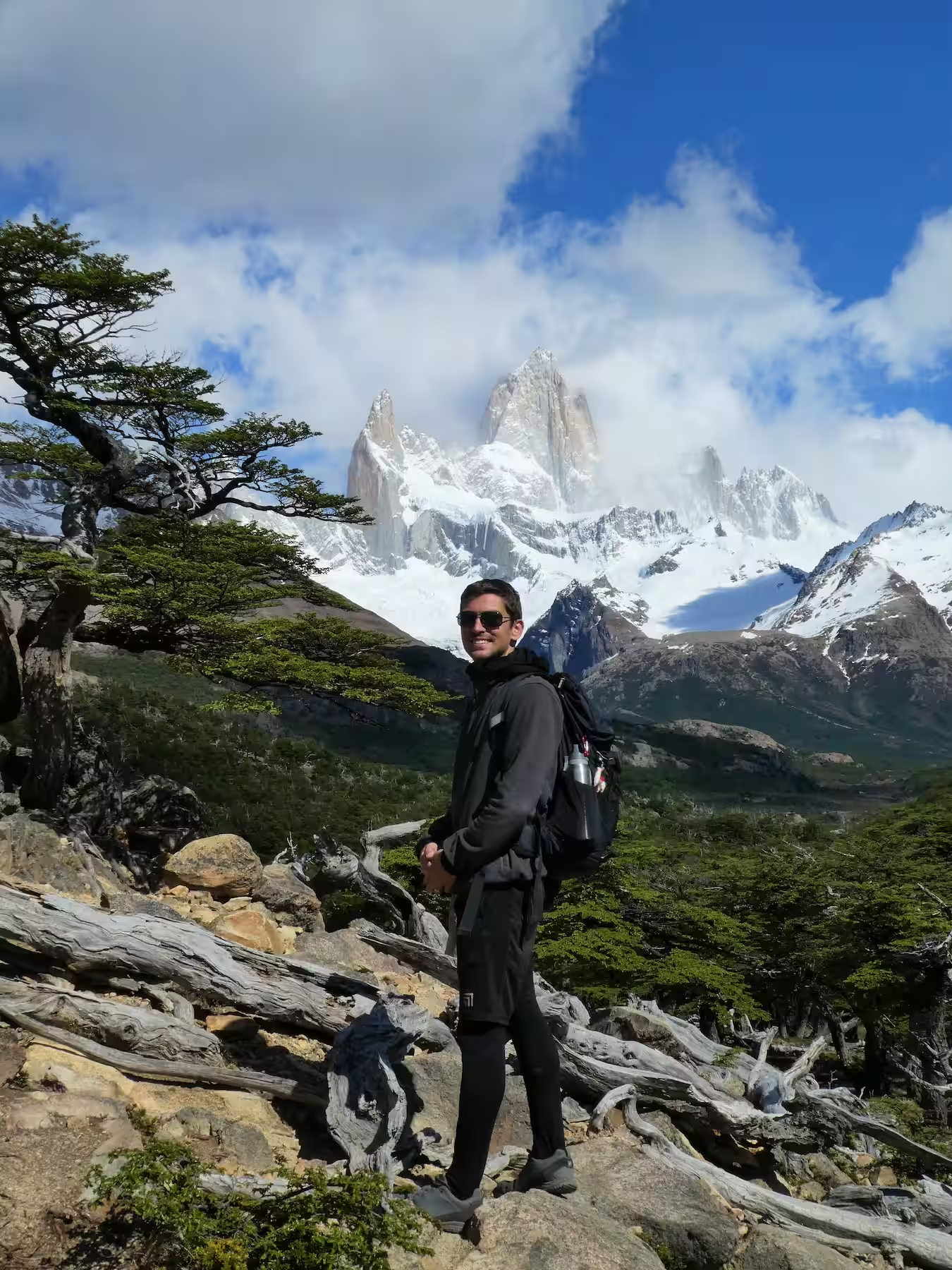
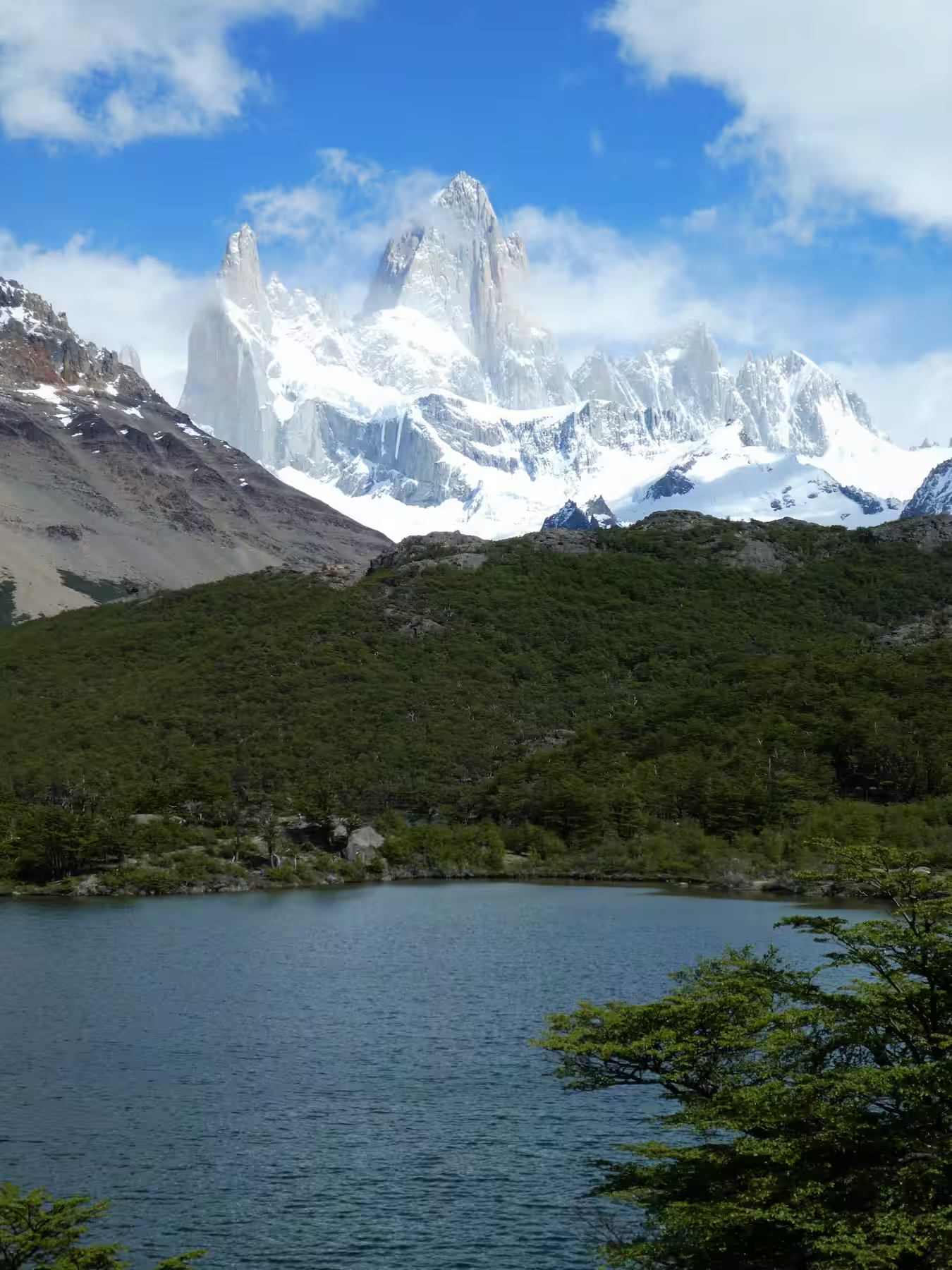

Where to Eat
Honestly, don’t bother eating out in Patagonia unless you are in Ushuaia and want to try seafood. Overall, the food is quite expensive, the quality is low and the prices are comparable to Europe. You are much better off cooking in your hostel or Airbnb. Therefore, make sure to always book an accommodation with a kitchen! Everyone we met, including ourselves, cooked almost all meals. Additionally, keep in mind that Chile’s side of Patagonia is much more expensive (sometimes 4x the price in Argentina). Therefore, if you decide to eat out, do it in Argentina.
However, if you are looking for a snack, it is worth trying Empanadas as they are Argentina’s national dish and are super delicious. There is lots of variety which means you can choose from vegan, vegetarian or meaty Empanadas. You can usually get them in any supermarket or bakery for little money.
If you are looking for local sweets, you have to try dulce de leche (sweet bread spread) and Alfajores which are also available in supermarkets.


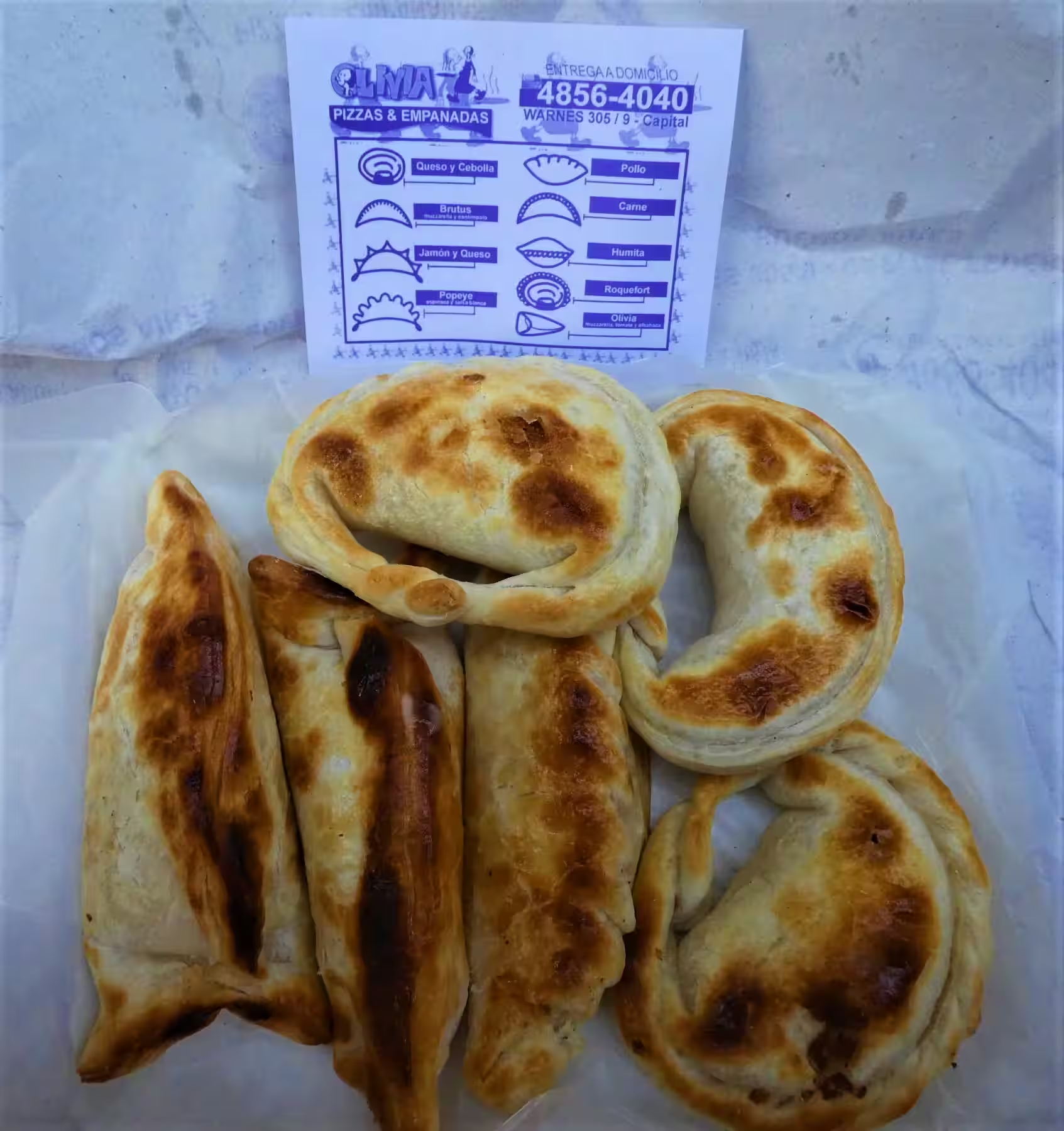
Breweries
Thankfully, there are a number of good breweries in Patagonia where you can have a drink and a pretty decent meal as well. As we mentioned above, the prices in the Chilean portion of Patagonia are insane, so if you do want to go for a beer, it’s best to do so in Argentina. We enjoyed plenty of nice local beers in El Calafate and El Chalten. In El Calafate, we recommend going to La Zorra Taproom and in El Chalten, we recommend going to Don Guerra. Almost all of them offer happy hours as well, which means you can usually get beers for up to 50% off.
Book Your Trip to Patagonia
Please accept cookies and reload the page to use our booking tool. 🙂
Did you know? You can support us for free when you book an accommodation through our booking forms and links.
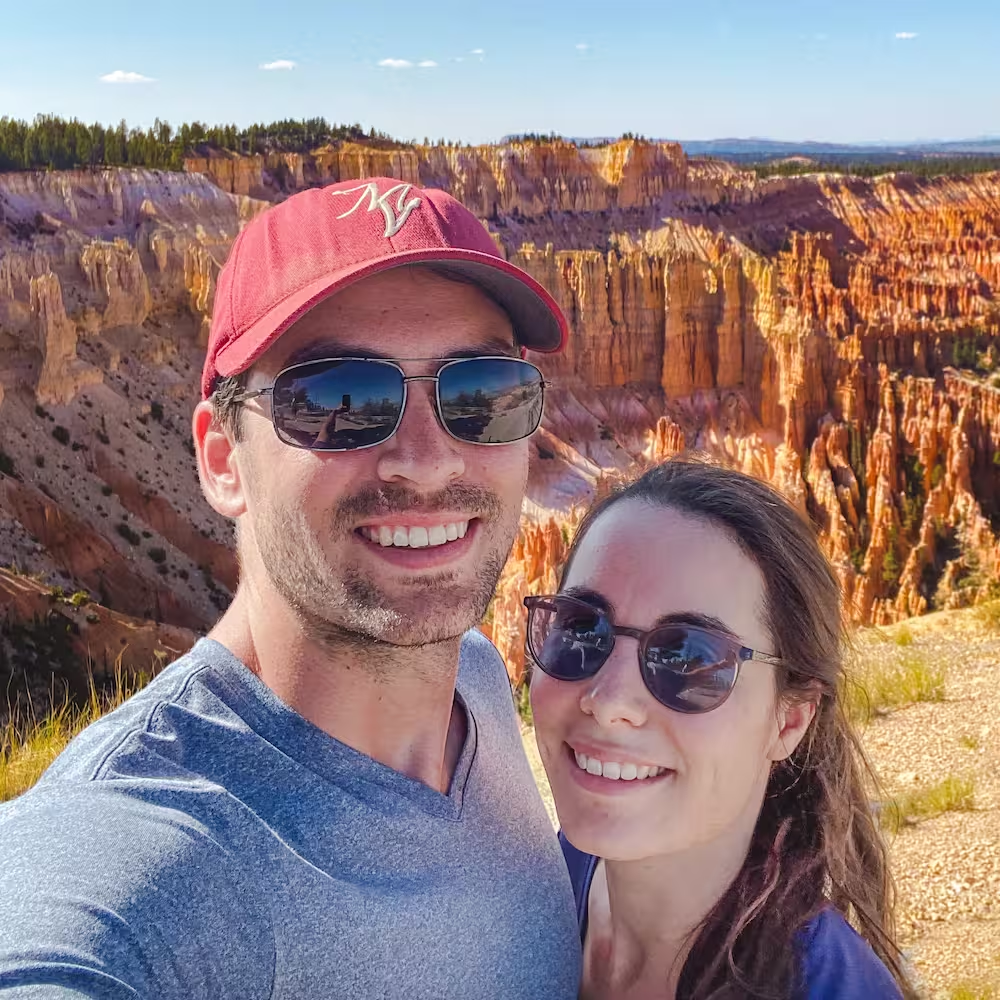
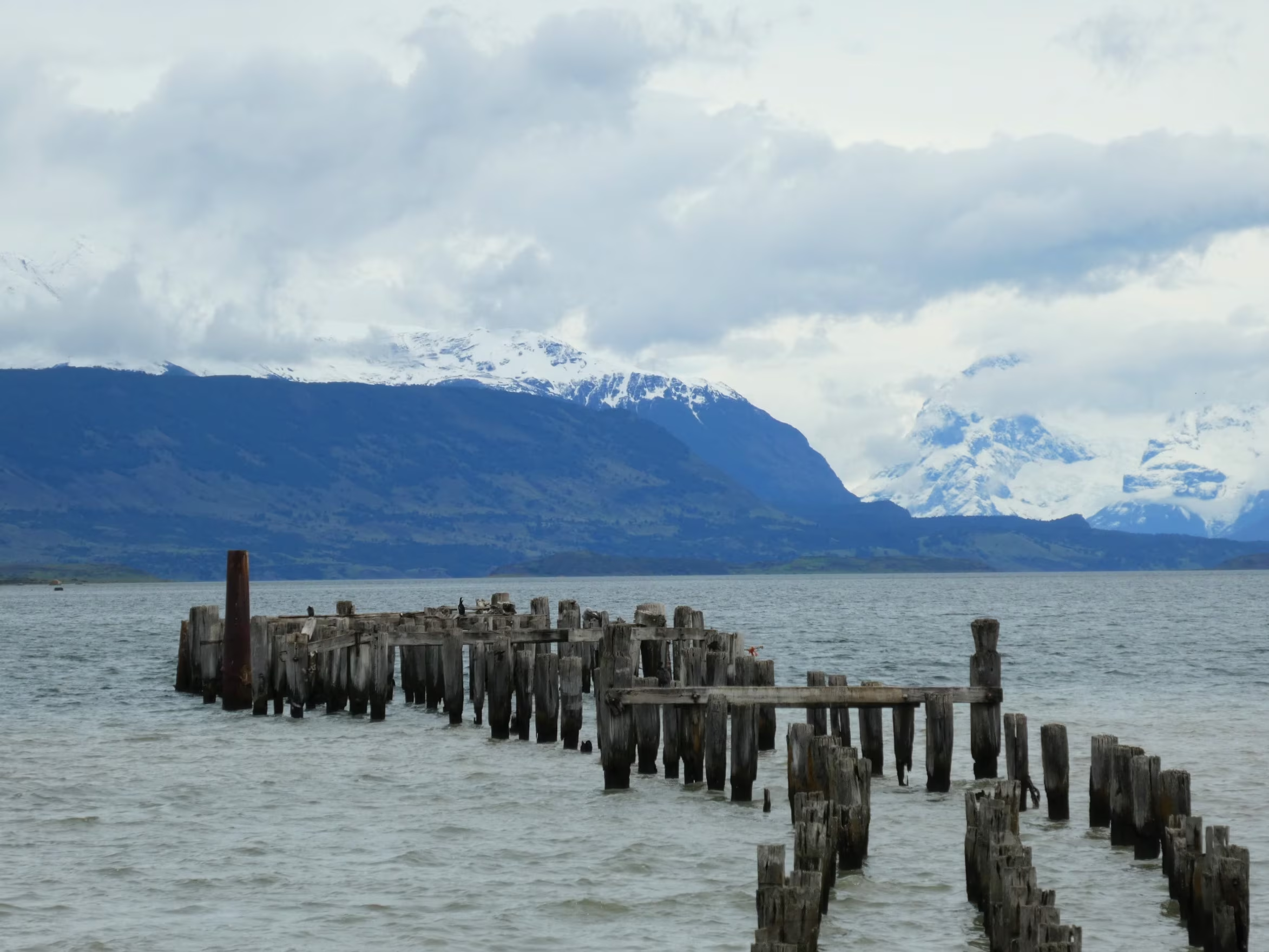
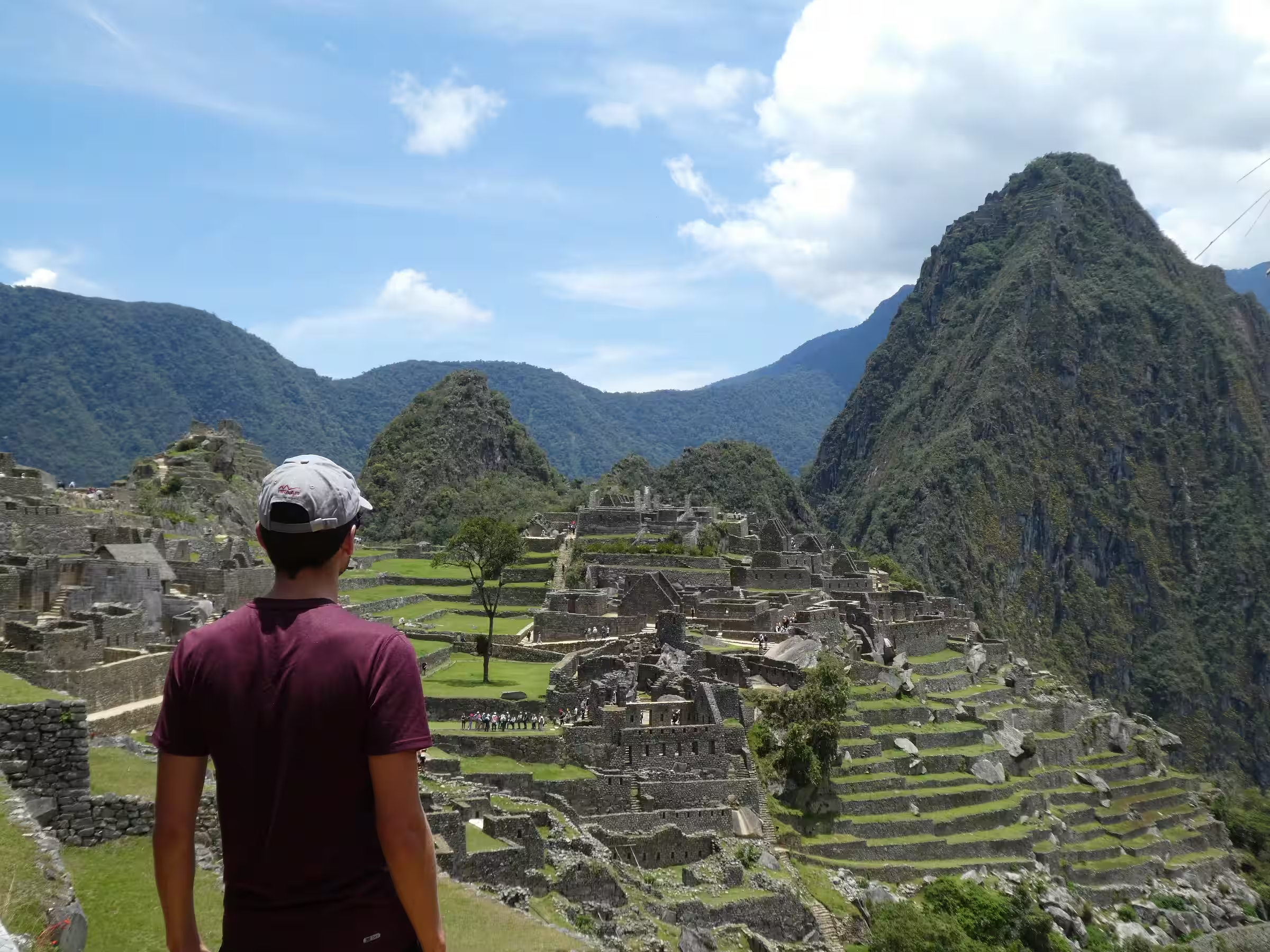
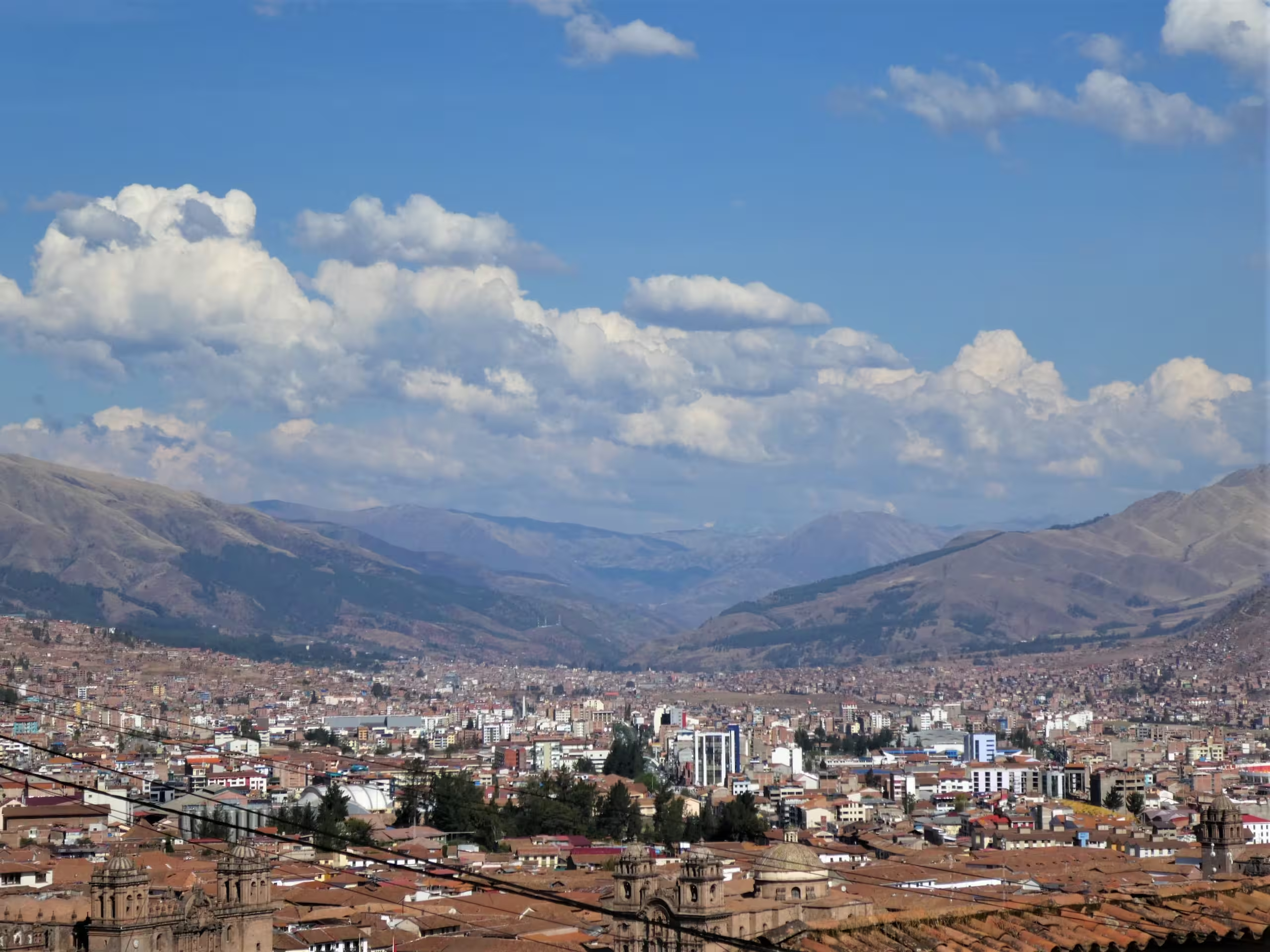
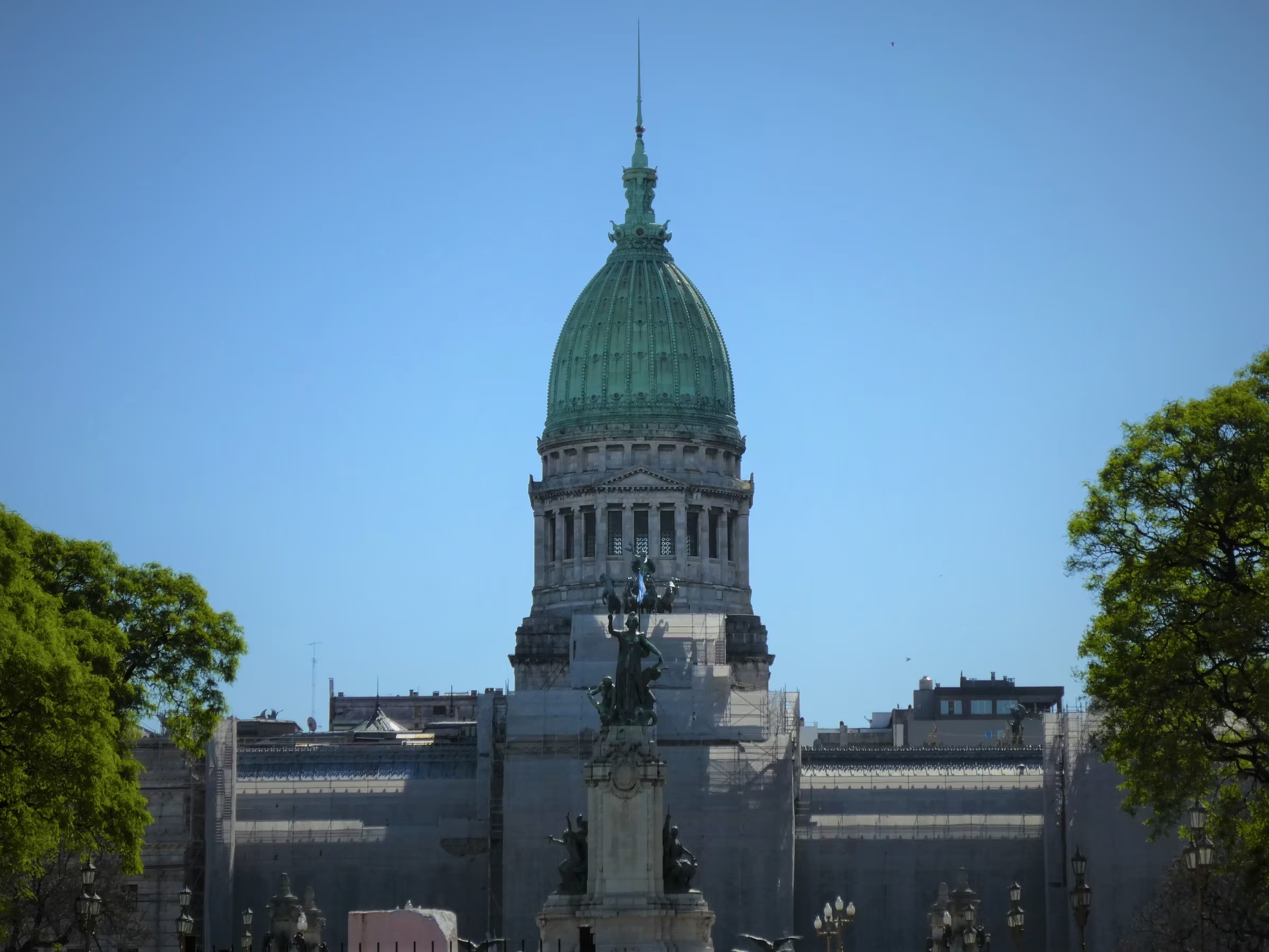
Such A Comprehensive article! Really useful, can’t wait to pack my bag and fly!!!
Thanks Nazleen! You’re gonna have a great time when you go!
This is really helpful, I can’t wait to get back to traveling!
Glad to hear it! We’re traveling closer to home, but it’s still not quite the same!
What a superb detailed travel itinerary for Patagonia (Chile and Argentina). We are still yet to visit Central & South America from BC Canada. Definitely on our “Must Travel To Next” List. Our son did this trip a couple of seasons ago solo and had an amazing experience. Great Post!
Thanks a bunch! We’re sure you’ll have a great time too if you decide to take a trip there. 🙂